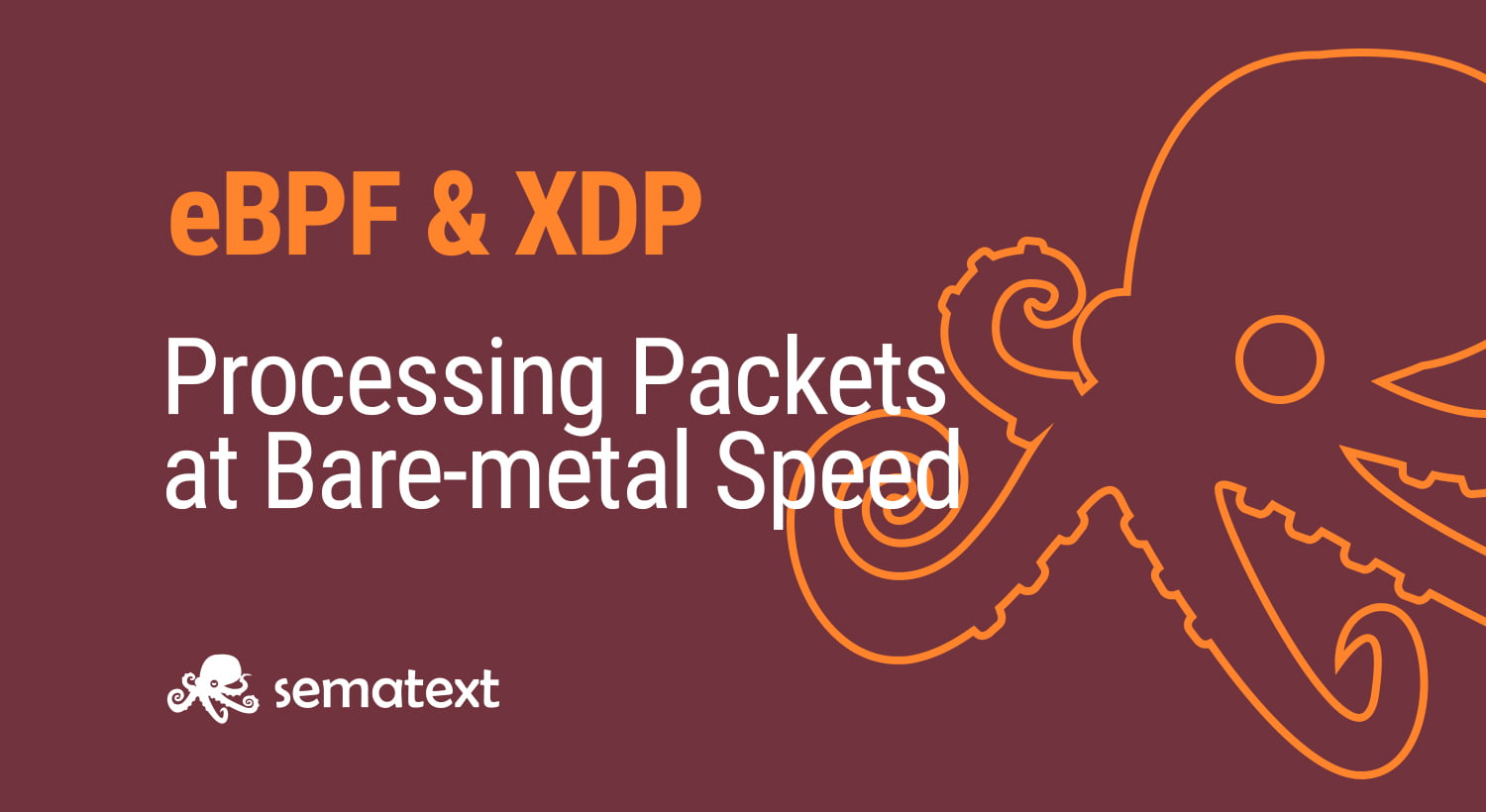
Introduction to eBPF: Secure and Efficient Kernel Extension:
Extended Berkeley Packet Filter is referred to as eBPF. A framework such as eBPF is necessary when working with Linux when you wish to communicate with the kernel. A framework called eBPF was created to facilitate the unhindered execution of low-level kernel programs by developers. You can load and run the software rapidly using eBPF XDP and configure it with the least amount of overhead. This tutorial will assist you in learning about and using eBPF if you are new to it and working with kernel programs. We will demonstrate a few different ways to use eBPF to inject code into the kernel.
Let’s get going!
What is eBPF?
Kernel space and user space are the two separate memory spaces used by Linux. The central portion of the operating system is located in kernel space. It has complete and unlimited access to all hardware, including the CPU, memory, and storage. Because kernel access is privileged, only the most reliable code—the kernel and different device drivers—can be executed in kernel space, which is secured.
1. What is eBPF, bcc, bpftrace, and iovisor?
What JavaScript does to HTML, eBPF does to Linux. (A little.) JavaScript, therefore, allows you to design mini-programs that execute on events such as mouse clicks and are executed in a secure virtual machine within the browser rather than a static HTML page. Additionally, eBPF allows you to design mini-programs that execute in a safe virtual machine within the kernel in response to events like disk I/O, in place of a fixed kernel. Actually, eBPF is not so much JavaScript itself as it is the v8 virtual machine running JavaScript. A component of the Linux kernel is eBPF.
Just as programming in v8 bytecode is extremely difficult, so too is programming directly in eBPF. However, no one codes in v8; instead, they write JavaScript or, more frequently, JavaScript frameworks like Angular, React, and jQuery. With eBPF, it is the same. It will be used and coded in by others using frameworks. The two primary ones for tracing are bpftrace and bcc. These reside in the iovisor Linux Foundation project on Git Hub rather than the kernel code base.
The Need for XDP in eBPF:
With the use of XDP, programmers can link eBPF applications to both generic hooks that execute after device drivers and low-level hooks that are implemented by Linux kernel network device drivers.
With kernel bypass, XDP can be used in an eBPF architecture to accomplish high-performance packet processing. Because the kernel does not have to handle context changes, network layer processing, interrupts, and other tasks, the overhead required by the kernel is significantly reduced. An eBPF software gains control of the network interface card (NIC). If you are operating at greater network speeds—10 Gbps and above—this is extremely crucial.
However, the kernel bypass method has some drawbacks:
- Programs using eBPF must write their own drivers. Developers have more work as a result.
- Programs using XDP execute prior to packet parsing. This implies that instead of depending on the kernel, eBPF programs must directly implement the functionality required to carry out their tasks.
XDP was required as a result of these restrictions. Because XDP allows eBPF applications to read and write network packet data and decide how to process the packets before they reach the kernel level, it is simpler to build high-performance networking in eBPF.
Let’s now discuss the eBPF’s future details:
Ring Buffer:
The eBPF ring buffer is a brand-new BPF data structure that is now accessible. Currently the de facto standard for transmitting data from the kernel to user space, it resolves the memory efficiency and event reordering problems of the BPF perf buffer. To facilitate migration, it offers compatibility with the perf buffer. Additionally, new reserved/commit APIs are introduced for better use. Furthermore, synthetic and real-world benchmark testing has demonstrated that the eBPF ring buffer ought to be the default option for transferring data from BPF programs to user space almost universally.
eBPF Ring Buffer vs eBPF Perf Buffer:
The BPF perf buffer (perfbuf) is usually used by BPF programs whenever they need to transport collected data to user space for post-processing and logging. A group of circular buffers located on each CPU in the system called Perfbuf makes it possible for user and kernel data to be exchanged quickly. Though it has two major flaws that have shown to be uncomfortable, it functions effectively in practice: event reordering and inefficient memory utilization.
Beginning with Linux 5.8, BPF presents a new BPF data structure known as the BPF ring buffer in order to overcome these problems. This queue, known as multiple producer, single consumer (MPSC), is safe to share among several CPUs.
The BPF ring buffer supports familiar features from the BPF perf buffer:
- Variable-length data records.
- Efficient reading of data from user space through memory-mapped regions without additional memory copies and/or entering kernel system calls.
- Support for epoll notifications and busy loop operations with absolute minimal latency.
At the same time, the BPF ring buffer solves the following problems of the BPF perf buffer:
- Memory overhead.
- Data ordering.
- Unnecessary work and additional data copying.
Conclusion:
The code can be inserted into the Linux kernel via eBPF. Frameworks like BCC and Bpftrace can be used to write and execute eBPF programs. The foundation for creating and executing eBPF programs was presented in this post along with eBPF itself. Additionally, we demonstrated a few eBPF software samples that you can use. That is all!
Come along with us to learn more about Linux.
stay on our website linuxhints.info
Get more information about
Is there a TRY CATCH command in Bash?
